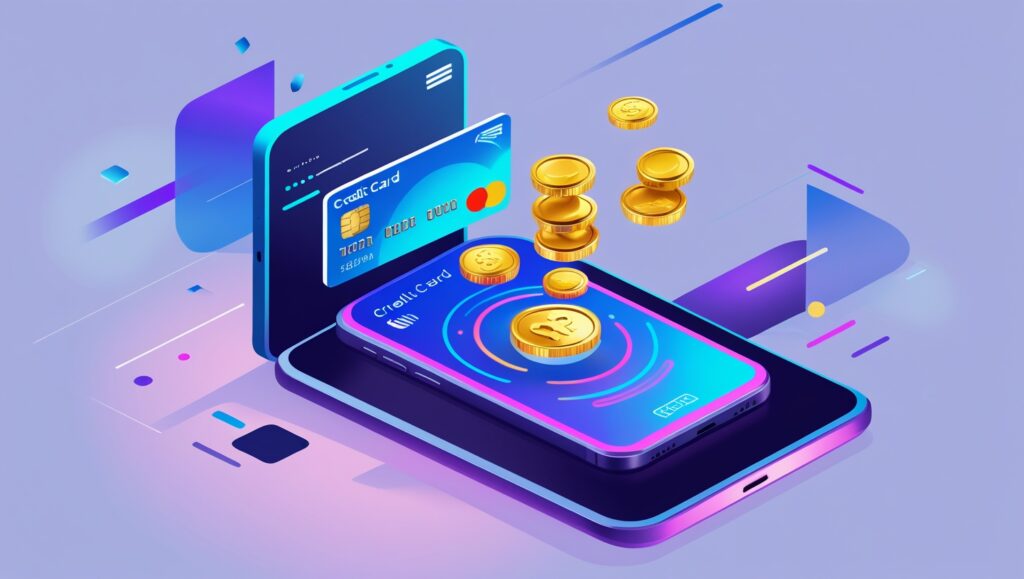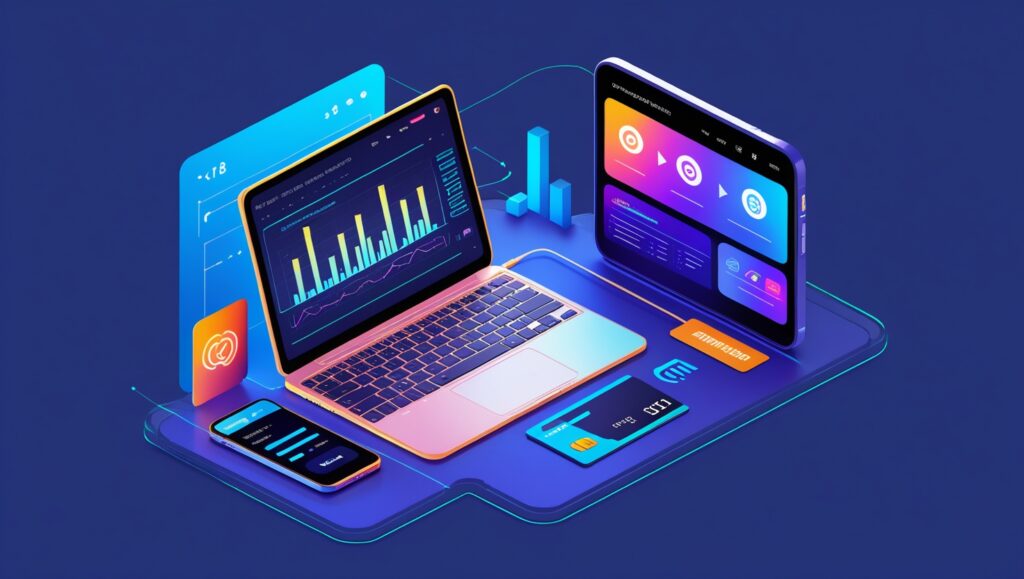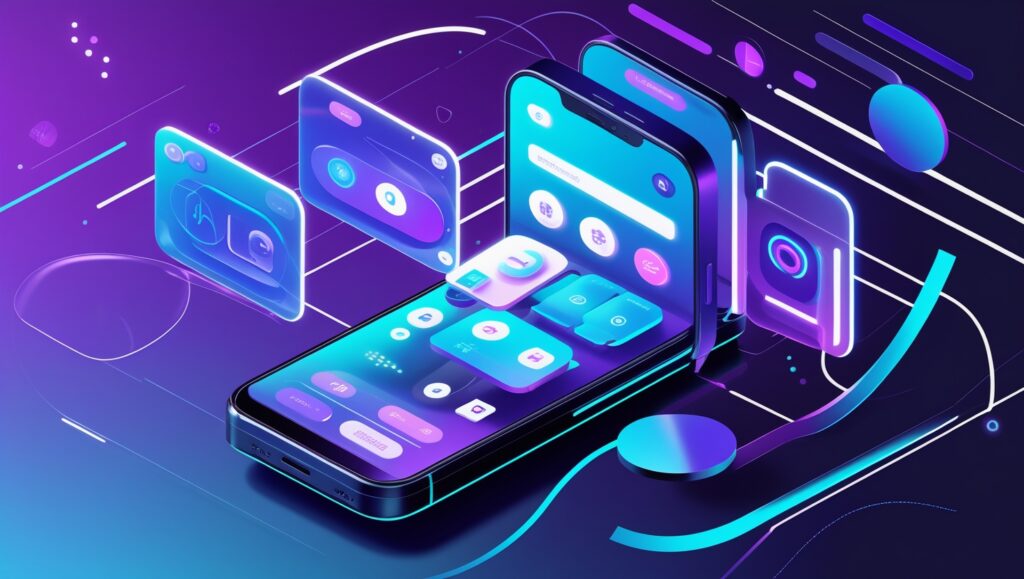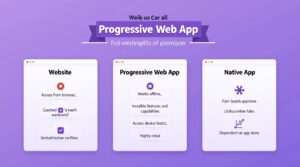click to get service View profile
Master the art of fintech product design with practical Fintech Design UX Tips that boost usability, trust, and user retention.
In today’s fast-paced digital economy, fintech products are reshaping how we manage, invest, and interact with money. But designing for fintech isn’t just about clean interfaces—it’s about building trust, ensuring security, and delivering seamless user experiences. Whether you’re designing a banking app, a trading platform, or a payment gateway, the stakes are high. In this guide, we’ll break down the best Fintech Design UX Tips to help product designers craft intuitive, reliable, and user-centric fintech solutions that stand out in a competitive market.
Why UX in FinTech is challenging
Packed with numbers, data, and complex terminology, the fintech industry presents unique challenges for UX designers. It’s not just about creating visually appealing interfaces—it’s about translating dense financial jargon into clear, user-friendly experiences. With studies showing that the average user struggles to understand 58% of content on financial and banking websites, the need for clarity has never been greater. That’s where strategic Fintech Design UX Tips come in—helping designers simplify information, build trust, and create seamless digital experiences for all users, tech-savvy or not.
Stitch this with the extensive data reports, and complex information, presenting it all in an attractive fashion is a challenge. The leading idea is to design the FinTech product with the foundation of the target audience’s preferences. This includes studying the audience, understanding the product/service, and displaying the information in an engaging format.
Designing intuitive interfaces for complex financial data within limited screen space is no easy feat—but it’s far from impossible. With the right approach, even the most intricate information can be presented clearly and effectively. By following proven Fintech Design UX Tips, designers can simplify complexity, enhance user engagement, and create impactful experiences that truly resonate with users.
7 actionable UX tips to overcome FinTech challenges
A successful fintech product UX design strikes the perfect balance between clarity and complexity—presenting essential information without overwhelming the user. The goal is to craft an experience that’s not only visually engaging but also drives real business value through higher conversions. By applying the Fintech Design UX Tips outlined below, you’ll be equipped to create user experiences that attract, retain, and delight your customers.
Mobile-first approach

Designing the UX just for the desktop is obsolete. Every user is going to access your application or website on their mobile. 99% of Gen Z and millennials say they use mobile banking. Your product or service should complete the comfort of the handy device.
Many fintech websites limit key features to desktop users, which can severely impact traffic and conversion rates. A successful mobile version of your app or website shouldn’t be a stripped-down version—it should enhance the overall user experience. By following the right Fintech Design UX Tips, you can ensure that both desktop and mobile experiences offer equal value, driving better engagement and higher conversions across all platforms.
Pro Tip: Research the most widely used devices amongst your target audience, and create adaptive UX design accordingly.
Simple Language and Crisp Display
As a FinTech brand, establishing trust is vital to your reach. This calls for an inviting display with user-friendly content. Avoid complex, technical jargon at all costs.
Financial services, whether an app or website, often come with a wealth of complex information—ranging from detailed data sets to intricate technical reports. However, the role of UX design is to simplify this complexity, making it both informative and intuitive. By applying effective Fintech Design UX Tips, designers can create experiences that are easy for users to navigate, ensuring they understand the content and are guided smoothly toward conversion.
Instant Sign-up and Secure Access

FinTech applications often require sensitive personal customer information. The security concerns looming with this might scare some users off. To overcome this, it’s vital to maintain a welcoming, friendly UX and interface.
Offering quick, hassle-free sign-ups is essential for building trust with users in your fintech product. Security and simplicity are the top concerns for customers—and businesses can address both through smart UX/UI design. By following the right Fintech Design UX Tips, you can create a secure and intuitive experience, ensuring that sensitive user information is always protected while maintaining ease of use.
Easy Forms
Certain fintech products require users to provide extensive information, which can easily make the process feel tedious and monotonous. UX designers must focus on keeping users engaged throughout these lengthy forms. By following key Fintech Design UX Tips, designers can create an interface that not only guides the user step-by-step but also makes the experience more interactive and enjoyable, ensuring users remain motivated and satisfied as they complete the process.
Incorporating simple design elements that showcase progress or time helps users understand what to expect next, creating a smoother experience. Utilizing drop-down menus and placeholders can streamline the process, making it faster and easier for users to complete tasks. By following Fintech Design UX Tips, designers can craft an engaging experience that not only guides users through each step but also instills confidence and ease throughout their interaction with the product.
Engaging Color Scheme

Why make fintech boring? Use color psychology to captivate users and enhance engagement with your fintech product. The key is to experiment with hues that evoke the right emotions without overwhelming the user. The colors you choose define your brand identity and play a significant role in shaping user perception. In fact, research shows that 60% of users make judgments about a digital product based on its color alone! By applying effective Fintech Design UX Tips, designers can ensure that color choices not only attract but also build trust and connection with the user.
UX designers have the opportunity to shape the personality of a fintech product through design choices. Muted, minimalistic colors can establish a professional tone, while vibrant hues convey a friendly and energetic vibe. Understanding your target audience and the nature of the service is key—by applying the right Fintech Design UX Tips, designers can choose colors that align with both user expectations and the brand’s identity.
Attractive CTAs

Intuitiveness and responsiveness are the cornerstones of an attractive fintech UX design. The interface should allow users to easily navigate and find exactly what they’re looking for. By applying effective Fintech Design UX Tips, designers can create a digitally assistive UX that seamlessly guides users toward key actions, ensuring a smooth path to the call-to-action (CTA) without frustration.
The CTAs used in fintech products should convey exactly what it entails. It should add persuasive value to the brand, prompting people to take action. As the final step to a purchase, it should include what the user is gaining from it.
Understand Your Audience
A fintech product or service brings legacy banking and financial services into the digital age, but customers come with established expectations based on traditional services. It’s the UX designer’s job to not only meet but exceed these expectations with a functional, seamless design. By focusing on exclusivity and personalized experiences, and applying the right Fintech Design UX Tips, designers can create a user experience that makes customers feel valued and connected to the offerings, fostering loyalty and engagement.
Certain UX elements and design tweaks based on the user information collected via forms help build a personalized platform. The user-specific elements, direct messaging features, and other characteristics ensure active user engagement, establishing a loyal customer base.
Embrace Centralization
There are a lot of elements to FinTech products and services. Payments, credit systems, savings, and a ton of departments work together to form the final product. The trick is to display all elements in a cohesive, centralized manner that engages the audience.
A seamless UX design eliminates fragmentation, creating a smooth and cohesive customer experience. By simplifying the complexity of the product, it fosters a meaningful ecosystem where every interaction feels intuitive and connected. Leveraging the right Fintech Design UX Tips, designers can craft an experience that not only meets user expectations but enhances them, ensuring long-term satisfaction and engagement.
The Importance of Attractive UX in Fintech

The fintech industry is often filled with large chunks of text, detailed numbers, and technical jargon—elements that are essential but can quickly lead to a boring and unwelcoming user experience. This is where the power of great UX design becomes crucial. A well-crafted user experience can transform complex information into something accessible and engaging, ultimately shaping the perception of the brand. By applying the right Fintech Design UX Tips, designers can create experiences that not only simplify but elevate the user journey, making it memorable and impactful.
The engaging UX design has the power to transform your business model. Studies suggest that a $1 invested in UX brings in $100 in return. Talk about a great financial investment!
With the level of competition in the fintech market, there’s no room to compromise on the user experience and design of your product. The user interface serves as your first impression—and in a crowded space, that first interaction can make or break customer engagement. By applying effective Fintech Design UX Tips, you can ensure that your design not only attracts users but also creates a lasting, positive impression that sets your product apart from the competition.

